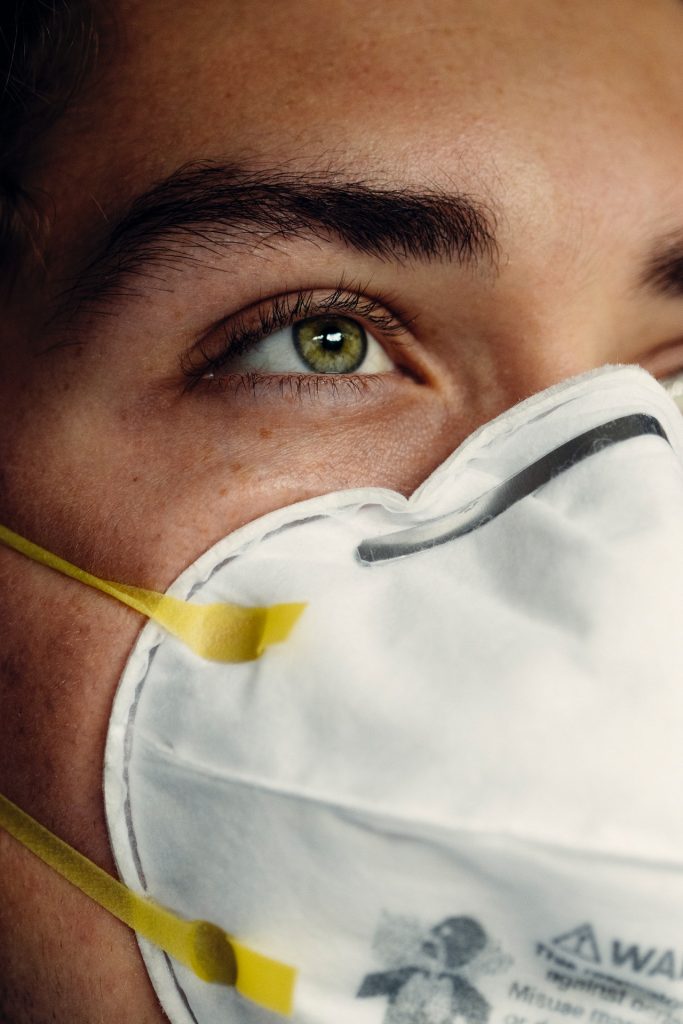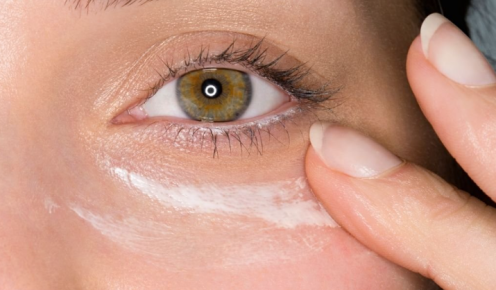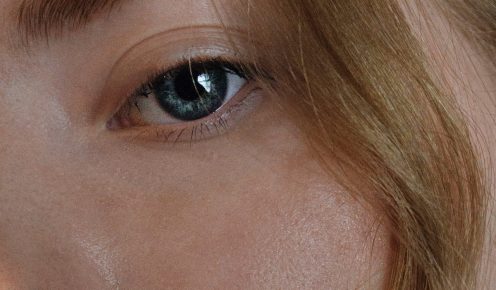We often hear that “the eyes are the windows to the soul.” But could they also be a window into our health? Can you tell if someone is ill just by looking at their eyes? In this article, we will take a closer look at whether or not you can see illness in someone’s eyes and what other factors may be involved.
We will explore what signs to look for, as well as how modern technology is helping us detect illness through eye movements. By the end of this article, you should have a better understanding of how to read someone’s eyes and recognize signs of underlying health issues.
What is Illness?
Illness is a state of poor health. It can be caused by a number of factors, including genetics, lifestyle choices, and environmental factors. Illness can also be caused by a lack of access to healthcare or a lack of knowledge about how to stay healthy. Symptoms of illness can vary depending on the type of illness, but can include things like fatigue, pain, and weight loss.
Click Here to visit our website to get updates about a medical condition of eyes Called Sanpaku Eyes
What are the Eyes?
The Eyes are the windows to the soul. They can reveal a lot about a person’s health. For example, if someone has yellow eyes, it could be a sign of jaundice. If someone has red eyes, it could be a sign of allergies or infection.
How to See Illness in the Eyes
The eyes are said to be the window to the soul, so it only makes sense that they can also be a window into our health. While many serious illnesses don’t have any outward physical signs, there are some that can be seen in the eyes. Here are a few of the most common:
1. Diabetes: One early sign of diabetes is called diabetic retinopathy, which is when damaged blood vessels in the retina cause vision problems. Over time, diabetic retinopathy can lead to blindness.
2. High cholesterol: Cholesterol deposits called xanthelasma can show up as yellowish patches on the eyelids. These patches are usually harmless, but they can be an indication of high cholesterol levels and an increased risk for heart disease.
3. HIV/AIDS: People with HIV or AIDS may experience red, dry eyes due to inflammation of the blood vessels in the eye. This symptom is often one of the first signs of these diseases.
4. Thyroid problems: An overactive or underactive thyroid gland can cause changes in the appearance of the eyes. bulging eyes (hyperthyroidism) or sunken eyes (hypothyroidism) are both possible warning signs that something is off with your thyroid.

The Different Types of Illness
There are many different types of illness, and each one can present in a unique way. Some illnesses may cause physical symptoms, while others may primarily affect the mind or emotions. Here are some of the most common types of illness:
-Physical illness: This is an umbrella term that includes any type of sickness that affects the body. It can be something as minor as a cold or flu, or something more serious like cancer or heart disease. Physical illnesses can often be detected by outward signs and symptoms, like fever, rash, or pain.
-Mental illness: Mental illnesses are conditions that affect the mind and can impact a person’s thoughts, feelings, and behaviors. depression, anxiety, and schizophrenia are some of the most well-known mental illnesses. Mental illnesses can sometimes be difficult to spot because there is no outward physical symptom, but they can often be detected by changes in mood or behavior.
-Emotional illness: Emotional illnesses are disorders that affect a person’s emotions and how they interact with the world around them. Some common emotional disorders include bipolar disorder, PTSD, and OCD.
Like mental illnesses, emotional disorders can be tricky to detect because there is no outward physical symptom, but they can often be diagnosed based on changes in mood or behavior.
Symptoms of Illness
The symptoms of illness can be divided into three categories: physical, mental, and emotional.
Physical symptoms are the most straightforward to identify. They include things like Fever, Cough, Shortness of breath, Fatigue, Loss of appetite, Body aches. If you experience any of these symptoms, it’s important to see a doctor as soon as possible.
Mental symptoms can be harder to spot. They include changes in mood or behavior, difficulty concentrating, memory problems, and feeling disconnected from reality. If you notice any changes in your mental state that are concerning you, it’s important to talk to a doctor or mental health professional.
Emotional symptoms are also difficult to identify but can be just as debilitating as physical or mental symptoms. They include feelings of hopelessness, helplessness, worthlessness, and despair. If you’re experiencing emotional symptoms of illness, it’s important to seek help from a therapist or counselor who can provide support and guidance.
Click Here to visit our website to get updates about a medical condition of eyes Called Sanpaku Eyes
When to See a Doctor
If you are experiencing any sort of illness, it is important to see a doctor as soon as possible. This is especially true if you are experiencing symptoms such as:
-Fever
-Persistent cough
-Shortness of breath
-Extreme fatigue
-Body aches and pains
-Headache
-Nausea or vomiting
-Diarrhea
-Loss of appetite
These are just some of the more common symptoms that warrant a trip to the doctor. If you are unsure whether or not your symptoms require medical attention, it is always best to err on the side of caution and make an appointment.
Conclusion
In conclusion, it is possible to see signs of illness in someone’s eyes. Eye examiners can look for changes in the structure and color of the eye that may suggest a problem. Furthermore, subtle cues like dryness or redness can be indicative of an underlying issue. While it is not always possible to diagnose an illness from someone’s eyes alone, they can provide useful clues which could help determine whether further medical attention is needed.













